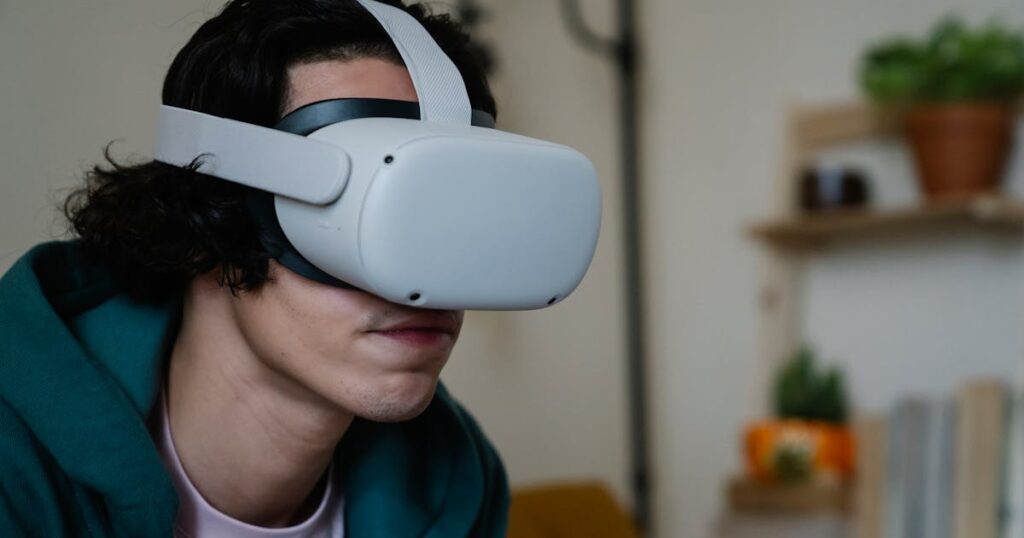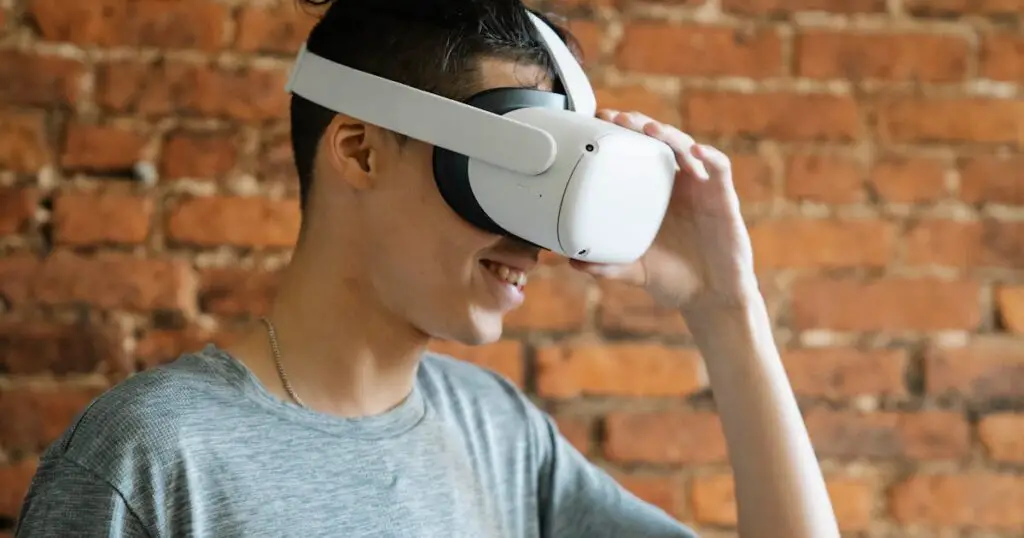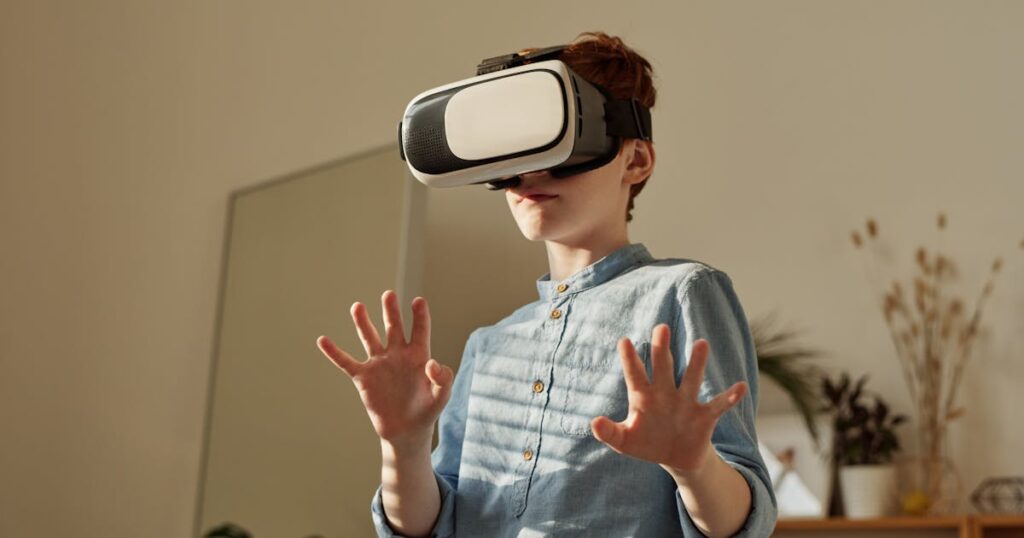Virtual reality, once only a concept seen in science fiction movies, has now become a part of our everyday lives. With advancements in technology, we can now experience immersive virtual environments that seem almost lifelike. But is fully immersive virtual reality possible?
This question has sparked curiosity and debate among local residents, cultural enthusiasts, community-oriented individuals, lifestyle and wellness advocates, food and fashion followers, history and culture buffs, and even podcast listeners. In this article, we will delve into the world of virtual reality to understand its evolution, components, and examples to determine if it is truly possible to have a fully immersive experience.

Understanding Virtual Reality
Virtual reality (VR) refers to computer-generated simulations that immerse the user in a three-dimensional, interactive environment. Its purpose is to create a sense of presence and immerse the user’s senses within this virtual world. VR technology often involves the use of headsets or goggles with special screens that display visuals and headphones or speakers for audio. The headset tracks the movements of the user’s head and adjusts accordingly to create a realistic experience. Additionally, some VR systems may also have hand-held controllers or gloves that allow users to interact with objects in the virtual world.
Virtual reality creates an illusion of reality by stimulating our senses and mimicking real-world experiences. It typically involves a combination of computer-generated images, sounds, and sensations to create an immersive environment. The goal is to trick our brains into believing that we are actually in a different environment, allowing for a more engaging and realistic experience.
The Evolution of Virtual Reality
The concept of virtual reality can be traced back to the 19th century when British scientist Charles Wheatstone created the first stereoscope. This device used mirrors to combine two images into one, creating a sense of depth and immersion. Since then, numerous advancements have been made in the field of VR, including the development of flight simulators for military training in the mid-20th century.
The real breakthrough for virtual reality came with the invention of the first computer-generated head-mounted display (HMD) by Ivan Sutherland and Bob Sproull in 1968. This paved the way for further developments, such as NASA’s Virtual Environment Workstation project in the 1980s, which aimed to train astronauts for space missions. In the 1990s, virtual reality gained popularity with the release of affordable VR gaming systems and headsets.

Components of Fully Immersive Virtual Reality
Fully immersive virtual reality involves a combination of various components to create an all-encompassing experience. These components include hardware, software, and content. The hardware includes the VR headset or HMD, hand-held controllers or gloves, and additional sensors for tracking movements. High-quality graphics cards and processors are also essential for a smooth and realistic experience.
The software is responsible for creating the virtual environment and responding to user inputs. It must be able to render high-quality graphics in real-time and provide a seamless experience. Content, in this case, refers to the virtual world created by the software. It must be engaging and interactive, with realistic graphics and sound effects to create an immersive experience.
Examples of Fully Immersive Virtual Reality
Fully immersive virtual reality is used in various industries such as gaming, entertainment, education, healthcare, and even space exploration. Some notable examples include the popular VR gaming systems like Oculus Rift and HTC Vive, which use advanced headsets and controllers to create an immersive gaming experience.
In the entertainment industry, fully immersive virtual reality is used in theme park rides and interactive experiences such as virtual tours of famous landmarks or historical events. In healthcare, it can be used for pain management during medical procedures or to train medical professionals for surgeries.

NASA also uses fully immersive virtual reality to prepare astronauts for space missions. They have created realistic simulations that mimic the experience of being in zero gravity and allow astronauts to practice tasks such as spacewalks or operating equipment on the International Space Station.
FAQs:
In this section, we will be delving into some of the most common inquiries and curiosities that surround our topic.
Is fully immersive virtual reality possible without using a headset?
While the use of a headset is the most common way to experience virtual reality, there are other forms of VR that do not require a headset. These include projection systems, where images are projected onto walls or screens, and CAVE (Cave Automatic Virtual Environment) systems, which use multiple screens to create an immersive environment.
Can anyone experience fully immersive virtual reality?
Yes, anyone can experience fully immersive virtual reality as long as they have access to the necessary equipment and software. However, some individuals may experience motion sickness or disorientation while using VR systems, so it is important to take breaks and use them in moderation.
Conclusion
Virtual reality has come a long way since its inception, and fully immersive VR is now a widely accessible and rapidly advancing technology. It has opened up new opportunities for entertainment, education, healthcare, and other industries, offering a more engaging and immersive experience than ever before.
With ongoing developments and innovations in the field of VR, we can only imagine what the future holds for this exciting technology.



Leave a Comment
You must be logged in to post a comment.